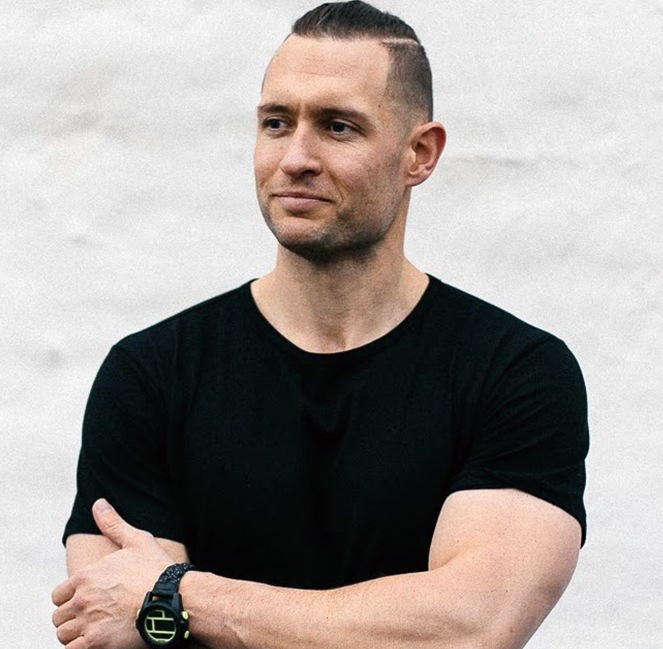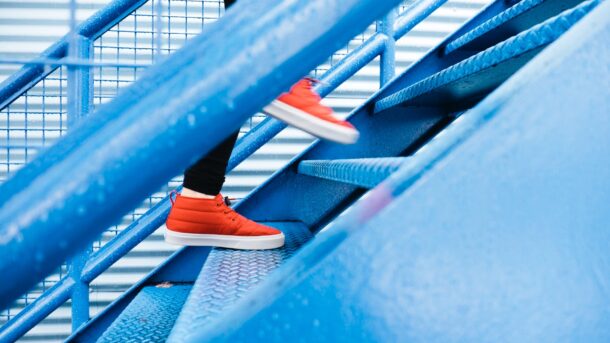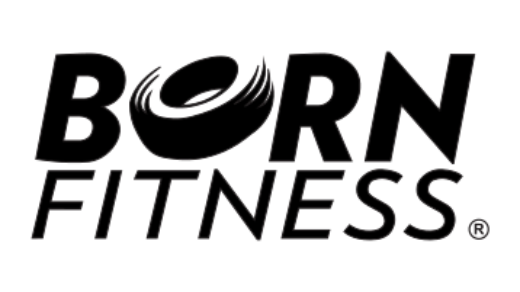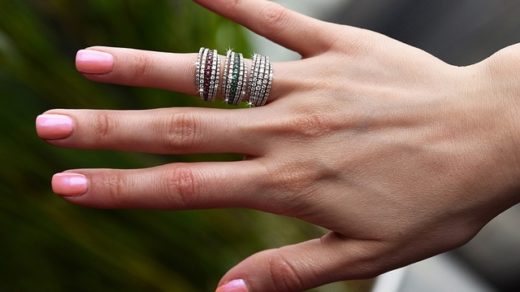With his wedding just 6 months away, Born Fitness client Chris (aka Sparta) decided to get serious about fat loss.
There’s nothing quite like a deadline to get your butt in gear. Sparta was highly motivated, crushing gym workouts and diving into tracking his food (something that works well for him).
But, after losing weight initially, Sparta’s progress stalled…and stalled. The scale didn’t budge for almost 6 weeks.
The funny thing? This isn’t abnormal.
Most people freak out when the scale gets stuck and assume something is broken. Yet, plateaus are part of the process of long-term, sustainable weight loss.
Sometimes the scale isn’t moving simply because your body is adjusting to change. Your body needs time to recalibrate to your new lower weight. This is a process known as set point theory.
But, when the scale is stuck, it can still be frustrating. So Sparta’s story is one of patience and reward. When things don’t keep going your way, don’t quit. As you can see, Sparta reaped the rewards.

What led to Sparta’s plateau-busting success? Patience, a great plan by Coach Natalie, and a few minor adjustments led to major results.
Don’t Trust Activity Trackers.
First, he learned not to rely on activity trackers. Many people (like Sparta) use these tools to gauge how much they can eat and still be in a deficit.
Activity trackers are notoriously inaccurate, so if you use them to adjust how many calories you can eat per day, you’re likely to overeat and gain weight.
A study published in the Journal of Personalized Medicine found that the numbers given for energy expenditure (calories burned) by a variety of wrist-worn devices were off by 27.4% to 93%.
In the study, the Fitbit Surge provided the most “accurate” reports on calories burned, but it still overestimated how many calories you burned by an average of 27.4%. Yikes. (For context, The Apple Watch was overestimated by 40%.)
Here’s why this is a big deal. Fat loss occurs when you consume fewer calories than you burn (no matter what diet or workout program you follow). This is hard for many people, but it’s much harder if you’re overeating the calories you think you’re burning during your workouts.
Let’s say your FitBit reports that you burned ~650 calories during your workout (you got after it) and you decided to reward yourself with a 600-calorie meal. After all, you earned it. On the surface, this is fine.
But, according to the research above, you likely only burned around 435 calories during the workout, meaning you just overate by 150 calories. And that’s using the most accurate tracker in the study.
Additionally, if you’re also tracking your macros, most fat-loss calorie equations already include your activity in their formula. They’ve factored in your workouts (and daily movement) so you don’t have to. So, if you’re adding calories from your workout, it means that you’re even more likely to overeat.
This isn’t to say that activity trackers aren’t valuable. Your workout data can serve as a benchmark instead of a calorie measurement. This will give you a good idea of if you did more or less activity than yesterday (or last week).
But, don’t let this data factor too heavily into the number of calories you eat. Keep your diet plan consistent.
Coach Natalie asked Sparta only to use the activity tracker as a “movement metric.” By comparing how much he moved from day to day and week to week, he could ensure he was staying active outside the gym. These non-workout “workouts” are a fat loss “hack” that works wonders.
Time to get real (with yourself).
More importantly, Sparta made a mental shift.
With Coach Natalie’s help, he took a step back and leaned into identifying what habits were keeping him stuck. He quickly realized he wasn’t being honest with himself.
“I was making excuses about my diet. I always seemed to justify eating like a garbage barge because it was “infrequent” (Narrator: It wasn’t), or a “special occasion,” or…or…or. What I realized was I eat when I get bored, and I’m inherently lazy, so I would always opt for what was easiest.”
Together, Sparta and his fiance worked to hold each other accountable. He also limited eating out to once per week and recreated routines from pre-COVID (when he would prepare meals to take to work) that worked in his new work-from-home reality.
The results?

“Honestly, it feels good to get my sexy back. I now have more energy, more strength, and I’m quite a bit leaner. In general, my attire is more fitted, which is also more confidence-boosting. And when I walk past a window, I now see someone who looks healthier. And my ass looks better too.”
Interested in learning more about coaching? You can explore our personalized coaching program here.

B.J. holds a B.S. in Health and Human Performance and multiple certifications, including Precision Nutrition Level 1 and BioForce Certified Conditioning Coach. Over his 14-year coaching career, he’s been fortunate enough to coach a wide range of clients. From online clients looking to get in great shape to CEO Nate Checketts (Rhone) and CEO Marcelo Claure (Softbank), and professional skateboarder Sean Malto. Before beginning his training career, he was a sports science lab research assistant.






